Rajshahi, July 26 (V7N) — This season, bitter gourd (locally known as korolla) cultivation has flourished across Paba Upazila, especially in Nohaṭa Municipality and surrounding unions like Bargaḋhi, Parila, Hujuripara, and Dāmkorā. Farmers report an abundant harvest along with strong market demand, resulting in impressive profits for smallholders.
Fields are lush green, dotted with yellow blooms and hanging gourds under raised trellis platforms. With high yields and favourable market prices, many farmers are harvesting korolla from multiple plots and bustling with activity to collect and sell their produce.
Farmers have been cultivating various hybrid and local varieties, including Tia, Durbar, Bari Korolla‑3, Raja‑12 & 13, and Jashori hybrid. Thanks to mulch‑paper technology, they grow bitter gourd along with other crops like lauki, petha, kakrol, cucumber, and even eggplant and chili beneath the trellis. This intercropping maximizes land use and income.
According to local growers:
Jasim Uddin of Pakuṛia village applied scientific methods after training from the Upazila Agriculture Office. Using hybrid Raja‑12 and 13 on one bigha with mulch paper, he achieved full cost recovery and now profits. He highlighted that mulching helps retain moisture, suppress weeds, reduce fertilizer waste, and protect plants from extreme conditions—boosting both yield and quality.
Suman Ali from Sabṡar union farmed two bighas with Durbar and Jashori hybrids. He invested about Tk 1 lakh, and earned Tk 1,800 per man wholesale. With favorable conditions, he expects net income approaching Tk 2 lakh.
Mukul Hossain and Afaz Uddin reported using bio-fertilizers and timely irrigation on one bigha for Durbar and Jashori. With low pest incidence and strong local demand, they sold at Tk 1,600 per man retail and profited significantly.
Local wholesale traders—like Mokhleśur Rahman at Kharkhari market—confirm daily korolla prices range from Tk 1,600 to 1,800 per man (about Tk 40–45/kg), while retail prices reach Tk 60–70/kg in municipal markets. Farmers face challenges due to spoilage, transport costs, and storage, but profits remain strong thanks to high demand.
Agricultural officers note that bitter gourd is gaining popularity due to its nutritional and medicinal values—it’s rich in vitamins (especially A, B₂, and C), minerals, and dietary fibre, with beneficial compounds for diabetes, immunity, and skin health.
Studies show that with Integrated Pest Management, the benefit-cost ratio (BCR) for bitter gourd can exceed 2.2, making it one of the most profitable vegetables per hectare in Bangladesh.
Meanwhile, hybrid varieties like Tia Super allow fast harvests in about six weeks and deliver high yields at low cost—a combination increasingly adopted across regions including Moulvibazar and Tangail.
END/MRA/SMA/



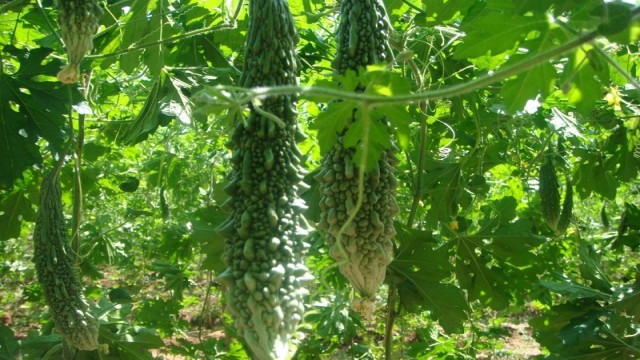

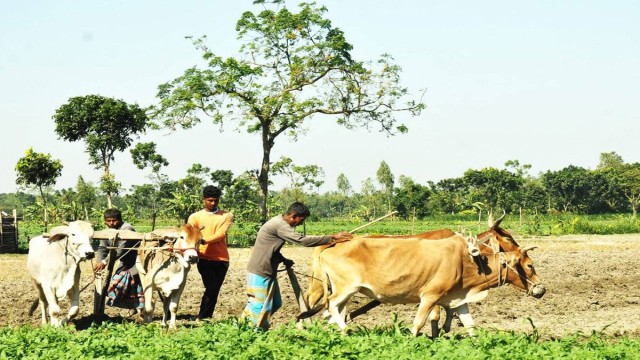
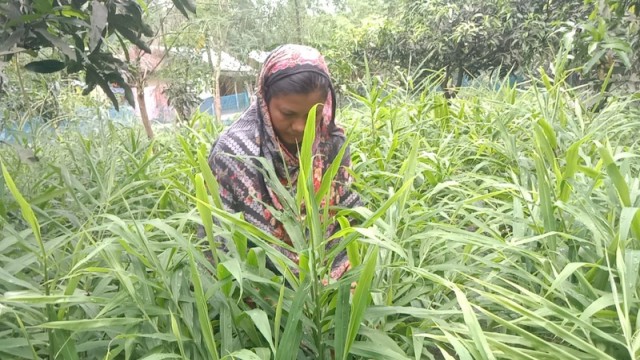
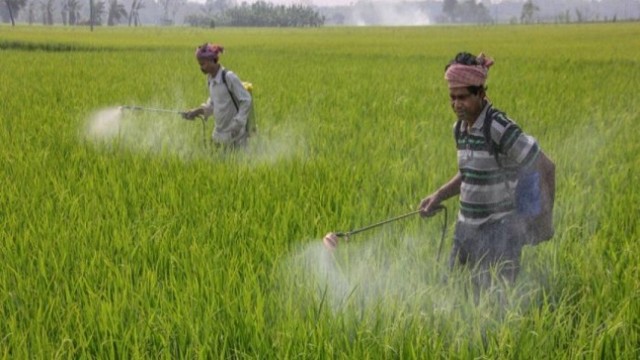
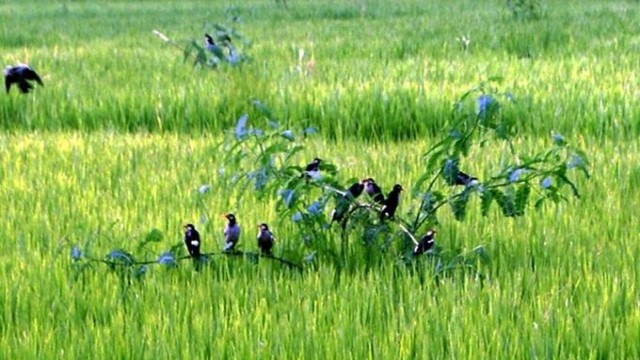
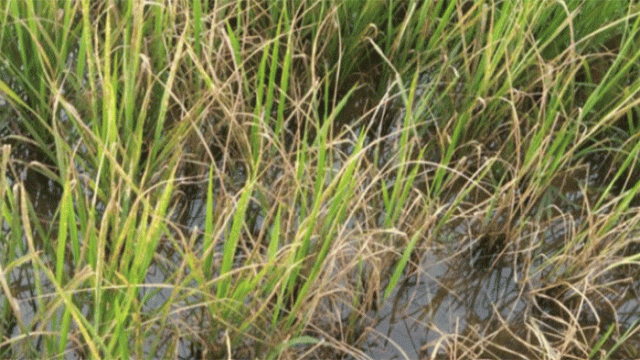





















Comment: